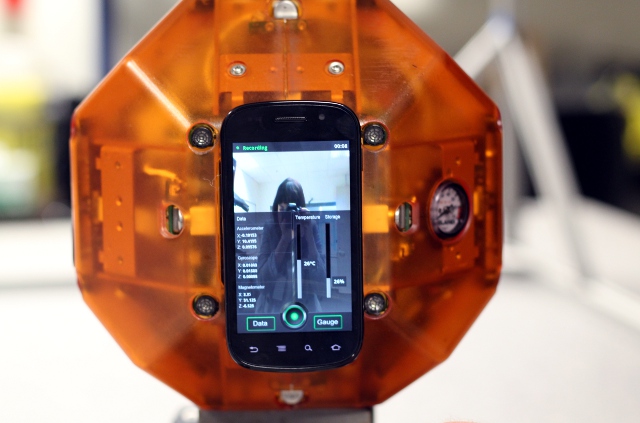- Jan 26, 2024
- 1,960
- 505
- Axis Group

ISRO is Amazing. They make all the things required inhouse. TO make cheap for specific purpose is a big big achievement. ISRO had developed Lithium Ion battery for space application which later on went into TATA vehicle making it leading EV manufacturer of the country.
Vikram and Kalpana: Isro develops high-speed microprocessors for space missions

Vikram and Kalpana: Isro develops high-speed microprocessors for space missions
The Indian Space Research Organisation (Isro) and the Semiconductor Laboratory (SCL) in Chandigarh have jointly developed two cutting-edge 32-bit microprocessors, Vikram 3201 and Kalpana 3201, specifically designed for space applications.
The first production lots of these microprocessors were handed over to Dr. V. Narayanan, Secretary, Department of Space and Chairman, Isro.
WHAT IS VIKRAM 3201?
Vikram 3201 is India's first fully indigenous 32-bit microprocessor qualified for use in the harsh conditions of launch vehicles.A 32-bit microprocessor is a type of microprocessor with a data bus, registers, and address bus that are 32 bits wide. This means it can process 32 bits of data at a time, handle memory addresses of up to 4 GB, and execute 32-bit instructions.
It is an advanced version of the 16-bit Vikram 1601 microprocessor, which has been operational in Isro's launch vehicles since 2009.
Vikram 3201 supports floating-point computations and offers high-level language compatibility, particularly with Ada. The processor was fabricated at SCL's 180nm CMOS semiconductor fab, aligning with India's "Make in India" initiative.
WHAT IS KALPANA 3201?
Kalpana 3201 is also a 32-bit SPARC V8 RISC microprocessor based on the IEEE 1754 Instruction Set Architecture. It is designed to be compatible with open-source software toolsets and has been tested with flight software, making it versatile for various applications.https://www.msn.com/en-in/video/new...rform-space-docking/vi-AA1xiLzB?ocid=msedgntp
View on Watch
Optimized for efficiency and performance, with a focus on simple and fast instructions.
The initial lot of Vikram 3201 devices was successfully validated in space during the PSLV-C60 mission, demonstrating its reliability for future space missions. This development marks a significant milestone in achieving self-reliance in high-reliability microprocessors for launch vehicles.
In addition to the microprocessors, Isro and SCL have also developed other critical devices, including a Reconfigurable Data Acquisition System and a Multi-Channel Low Drop-out Regulator Integrated Circuit, contributing to the miniaturization of avionics systems in launch vehicles.
An MoU was signed for the development of miniaturized unsteady pressure sensors for wind tunnel applications, further enhancing collaboration between Isro and SCL.








